Education is not just to read and write but to make use of it for
their own advantages and to utilize the knowledge for their growth.
Also one can lead their own life without depending on others. It is
not about making people literate, as literacy is entirely different from
education.
Literacy is meant as the ability to read and write, whereas education
is finding out the reason behind everything and using the
reading-writing skills to improve their lives. It helps the countries to
grow economically and cherish with prosperity.
To live a flawless life, education is very important for every
individual. Lets discuss what is education and the importance of
education.
What is Education?
“
Education is nothing but studying different kinds of subjects to
gain knowledge and understanding and trying to apply it in daily life”.
Also, education is not only gaining book knowledge but also can be
learned practically. Education doesn’t mean to just go to schools and
colleges daily and attend exams, it is meant for gathering knowledge and
relating it to our lives.
Even a robot can read and write, but using knowledge wisely is what
makes humans different. Education is not only for utilizing ourselves,
but it can also be used to improve other peoples’ lives.
1. Other definitions on educations:
“
Education is knowing about the facts of life. In every part of our life, we learn in different forms“.
“
Education is not to mug up, but to understand how to create the
world around us, how to sustain it for future generations and how to
develop relations for existence“.
“
Education is the only way to win the world. It is to think
deeply about something till its roots and understand the intention
behind it“.
The role of education is meant for developing something new rather
than relying on old innovations. One should be able to identify what he
knows and what he doesn’t know.
2. Great people define education as:
Education is the ability to think, apply it in the world and to know
the value of life. It doesn’t limit with self-education, but also to
spread it to every human around us. There is no end for education, as in
each and every stage of human life we learn something.
It is not about learning life, but education itself is life. Also, it
is the key to find great characters hidden in every individual.
It will help us to know what harm we are doing to the world and
guides us to protect the world from all dangers which are caused by
human beings. This is the wealth that can be transformed from ages to
ages.
Importance of Education in Our Lives:
To gain respect from society, one should be educated. To lead a happy
and prosperous life, one needs to study and obtain a great job to be
successful in life.
It helps in earning money and fulfilling the basic needs of life.
Also, education will help to gain a reputation by being in a great
position. It can help you grow in a career and fulfill their dreams. It
also helps one to
set personal and career goals.
Education is irrespective of caste, creed and gender, by gaining
knowledge people can stand out as equal with all the other persons from
different caste and creed. It is a platform to prove the equity by
defeating all barriers.
1. Other advantages:
The importance of education for every person is to live independently
and to gain freedom. In any way, education will protect a person both
financially and also help them to live their life on their feet.
It allows to set standards of life and will provide knowledge to
understand the results of wrong decisions and help to find alternative
ways.
It will rule the uneducated persons and protect the world from the dangers caused by them and help them to
improve the lifestyle
by implementing laws to control them in case of any misbehavior. Also,
it will help to understand each and every individual role and
responsibility to build society.
Why Education is Important for Children?
Education is important for children because they are the future of the world
and they should be updated with current affairs. They are the pillars
of the nation, to develop a country and the world the future should be
secure and the children are the weapons to build the nation with all
their knowledge and education.
We should inculcate the past generation’s values and carry them with
huge current innovations. It helps to break the social evils like racism
and poverty line, so each and every child must be educated.
The children will stand out as future leaders to develop the nation from all the issues and hurdles, stopping to grow.
1. Education at childhood:
Education is necessary at the childhood stage, this is the period
where it provides them a chance to develop mentally, physically and
develop social awareness in them.
It gives them experience and confidence to face the outside world. It
is a stage to explore themselves. The importance of education for
children are many. It is the parent’s responsibility to provide them
with the right education at the right age.
Also, they have to find out children’s interests and accordingly have
to provide education. This is a crucial stage, which will impact them
very effectively either in a positive way or in a negative way, it is
dangerous if they went in a wrong path.
2. Play an important role:
The
role of education in our life
doesn’t only mean to give bookish knowledge to students, but also to
provide different kinds of knowledge in different kinds of skills like
painting, drawing, singing etc
The mental status of children before joining the school will be
different, once they step in they will try to grab more knowledge of
lifestyle, it is the stage to motivate themselves into a new human
being, they will start identifying what is good and what is bad for
them.
They will start analyzing, questioning and reasoning for every task.
Also, they will start to learn from their mistakes. They will start
fixing themselves in the competitive world.
3. Children start building goals:
If a child is joined in a school, he will start learning, playing and
enjoy with friends. While learning he will understand what position he
is in acquiring knowledge and will try to slowly grab the top position.
While playing he will understand what is the logic to win it, this way they
start building goals
at an early stage. But parents should understand whether their children
are working only for ranks and grades or are acquiring some wisdom and
knowledge.
Also, parents should not judge their children’s knowledge and intelligence on their grades. The
grading system in education and the expectation of parents and teachers have pressurized then to just focus on grades rather than knowledge.
It is important that they are aware of the purpose of education and
how it works in real life. They start maintaining a structured life.
Why Education is Important to Society:
For a modern society, education is very important. The old values of
education and ethics have been sweeping slowly, so it is the right time
to get educated by inculcating the history to the students.
There is nowhere one can teach culture, education in the right
process to transform the culture to modern society. It is the perfect
stage to mould a person into a complete leader with all the human
emotions, values and heritage.
These days students are influenced by some of the bad events that are
happening around the world, so it is necessary to develop and lead them
in a perfect path.
1. Education helps to bring productive results:
Education these days is important as the population is increasing,
the needs of people are raising. Hence there are many firms where they
require a huge number of employees to develop, so to bring productivity
one should be able to gain knowledge and develop healthy competition.
Also, these days women should be equally educated along with men and
promote women empowerment. Education is the best platform for them to
prove themselves that they are equal to men in society.
No one can learn something new by sitting at home, education is what provides them to acquire new knowledge.
Why Education is Important for a Country:
- People will become better citizens with education
- You will get to know the importance of voting only through education.
- It will help you to get a job.
- People can know the difference between good and bad.
- Will work hard to grow and develop themselves.
- Help in creating a better society to live in
- Becoming a respectable law-abiding citizen of the country.
- Strive for the betterment of the country
- Education will support mothers who are single or alone
- Raise the children rightly as they are the future of the country
- Solves unemployment in the country
Why Education is Important Quotes:
1. Education is the most powerful weapon which you can use to change the world.
Nelson Mandela
2. Education is the passport to the future, for tomorrow belongs to those who prepare for it today.
Malcolm X
3. An investment in knowledge pays the best interest.
Benjamin Franklin
4. Education is not preparation for life; education is life itself.
John Dewey
5. Develop a passion for learning. If you do, you will never cease to grow.
Anthony J. D’Angelo
6. The roots of education are bitter, but the fruit is sweet.
Aristotle
7. Change is the end result of all true learning.
Leo Buscaglia
8. Education is the movement from darkness to light.
Allan Bloom
9. Education is what remains after one has forgotten what one has learned in school.
Albert Einstein
10. The aim of education is the knowledge, not of facts, but of values.
William S. Burroughs
11. Education is the foundation upon which we build our future.
Christine Gregoire
Reasons Why Education is Important:
It gives an opportunity to learn different languages other than the
mother tongue and the ability to survive anywhere in the entire world.
Education guides you to develop as good citizens of the society. It
helps to protect ourselves from the other harmful events and helps you
keep educating of current dangers, diseases and ways to face or prevent
them.
Also, it will make us know what may cause danger to others and make
us aware of not causing trouble to others. We are provided with
beautiful resources naturally so education will help how to reserve
them, how to sustain them and gives ideas for creating alternatives.
1. Comfortable and stable life:
It is expected by everyone that they need to live a life of comfort
and luxury, but to make that happen either the person need to be stable
or educated.
To earn a better life and live a comfortable life, a person needs to
understand the value of education. Most of the people think education is
a waste of time, as they have their own strong success stories which
usually cannot be related to everyone practically.
But if a person has even a small portion of knowledge, then it is
possible that they can manage their life in a better way compared to
uneducated people.
2. Improvement in standard of living:
Most of the people think that education can lead a person to a
position where he/she can fulfill all of their dreams and expectations.
But most of them do not believe in such thinking that education creates
such a difference in one’s life.
Also, education alone can’t make you successful unless he/she work
really hard to get to that position. If a person starts dedicating
himself/herself for quality of education then it is possible that the
result of such dedication will be fruitful.
3. Provides safety and security:
If a person needs a life with safety and security, then he/she needs to understand the value of education in our daily life.
To lead a life of safety and security the person needs to take active
participation in educational activities. These educational activities
will provide them the knowledge which can help them live a better life.
These kinds of drastic change can be initiated with the help of
education in one’s life.
4. Equality:
This is the only way where a person of any caste and region will
maintain a respectable position with the help of education. There are
different kinds of personalities who have different opinions but still
acquire the success holding their respect.
All these can take place with the help of education. It maintains
equality between people even if they are holders of different sets of
opinions.
5. Provides confidence:
Education is only a matter of thinking which can provide change in
one’s level of confidence. Sometimes it happens that people experience
embarrassment because of lack of education.
And to overcome such embarrassment, people need to come forward and
accept the benefits of education which can change their life with full
of confidence. Eventually, it changes the opinions among people’s work
and their stability.
6. Prevents unlikely events:
Sometimes when we are unaware of things it can create a certain level of change in our life.
Therefore, it would be advisable that a person needs to educate
himself/herself about the things which they are unaware of. And
eventually, education can make us self reliant and confident enough to
face such unlikely situations.
Conclusion:
Living in a society, one should have knowledge of their rights, laws
and regulations. This knowledge will help to build boundaries around us
to follow the rules so that we have a peaceful life. Education will help
to interact with different kinds of persons and exchange knowledge and
ideas and live in harmony. To be an active participant in society and to
gain respect from the world, one should always
learn new things.





















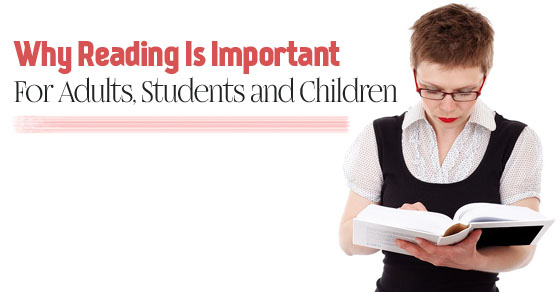
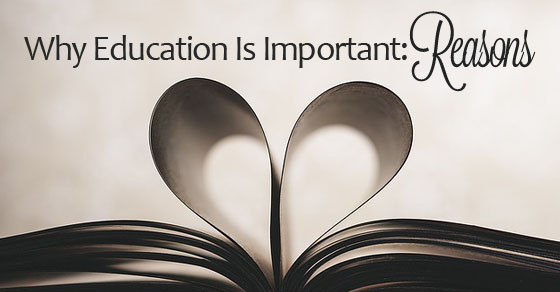
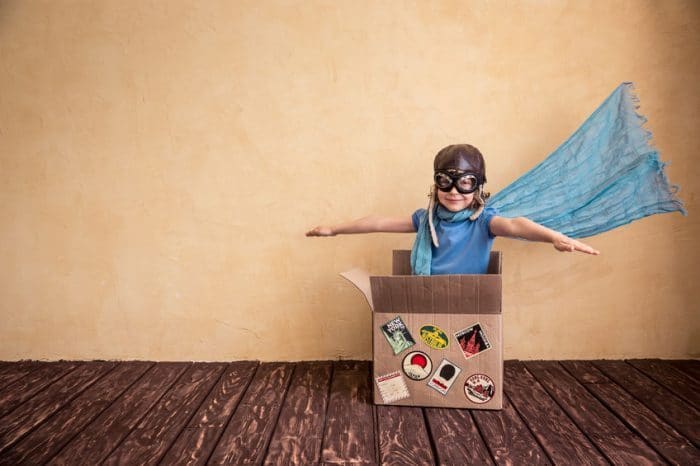

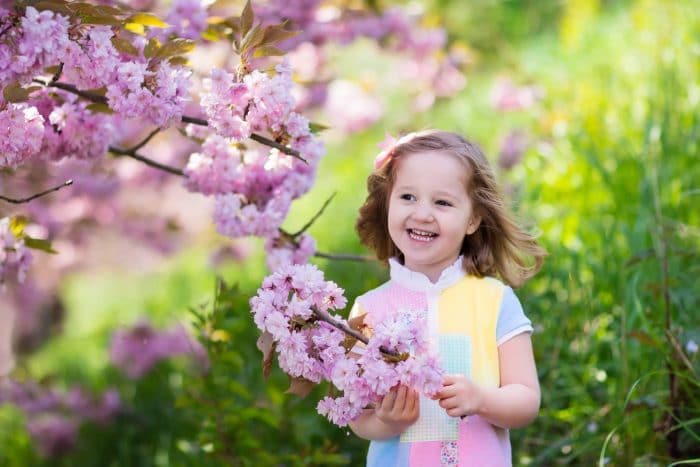

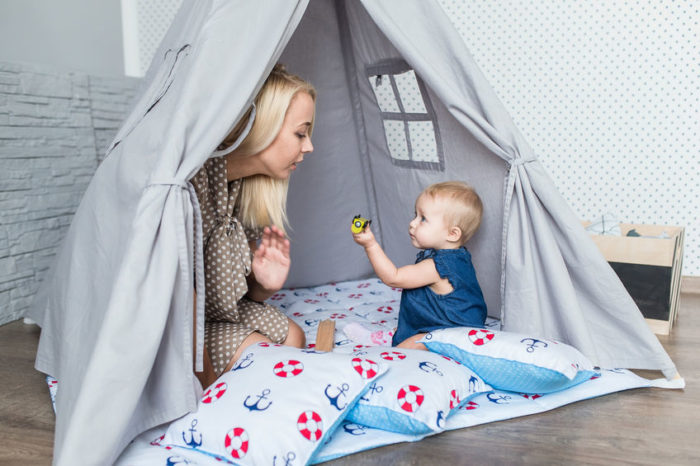
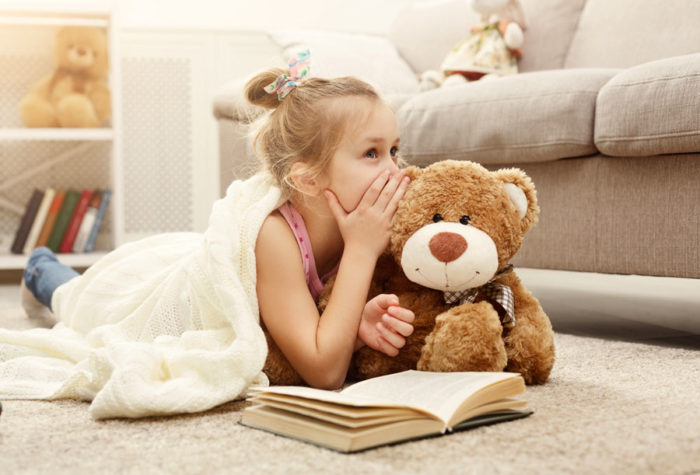 Este
rincón puede ser todo un éxito cuando los niños comienzan a utilizarlo
siempre que tengan la necesidad. Solo tendrás que explicar durante unos
minutos a los niños qué es ese rincón y cuando lo pueden utilizar… ¡ellos lo utilizarán gustosamente y les beneficiará enormemente!
Si quieres que los niños se comprometan con el espacio deberán conocer
bien qué es y para qué sirve… cuál es la función que tiene el rincón y
cuáles son los acuerdos y las consecuencias al usarlo bien o mal.
Este
rincón puede ser todo un éxito cuando los niños comienzan a utilizarlo
siempre que tengan la necesidad. Solo tendrás que explicar durante unos
minutos a los niños qué es ese rincón y cuando lo pueden utilizar… ¡ellos lo utilizarán gustosamente y les beneficiará enormemente!
Si quieres que los niños se comprometan con el espacio deberán conocer
bien qué es y para qué sirve… cuál es la función que tiene el rincón y
cuáles son los acuerdos y las consecuencias al usarlo bien o mal.
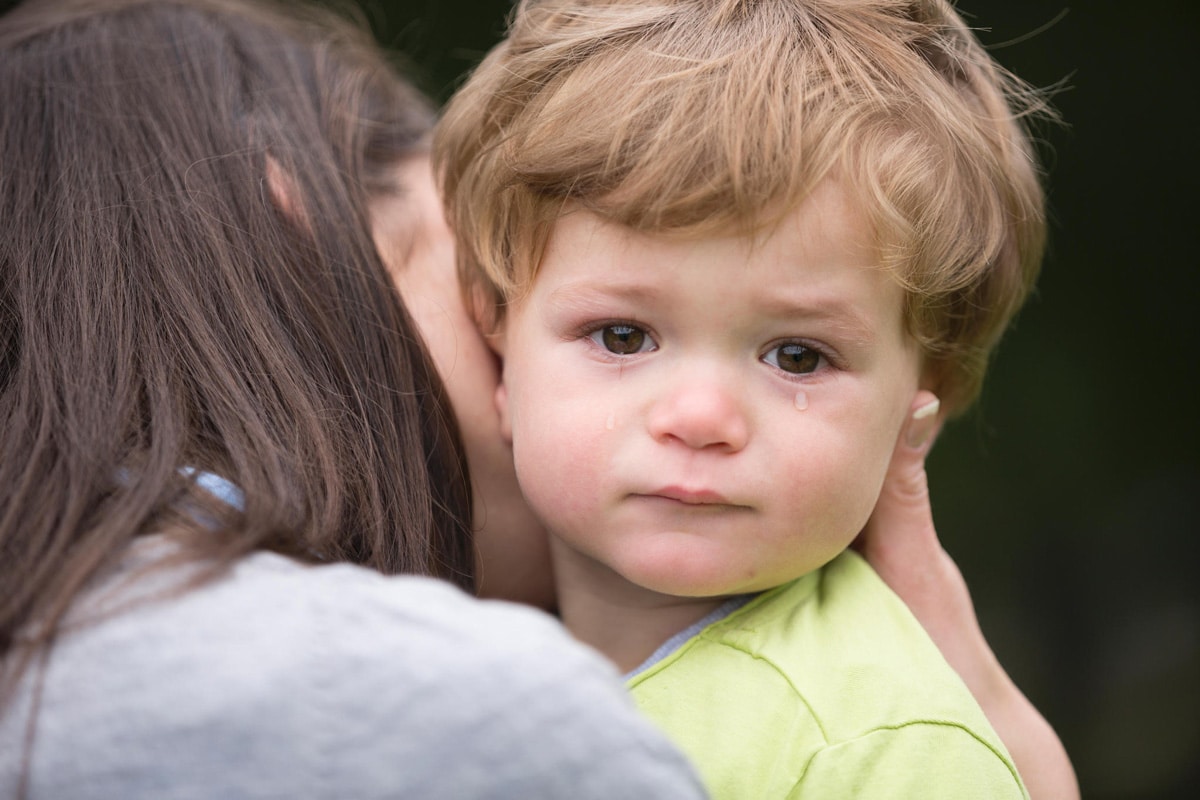
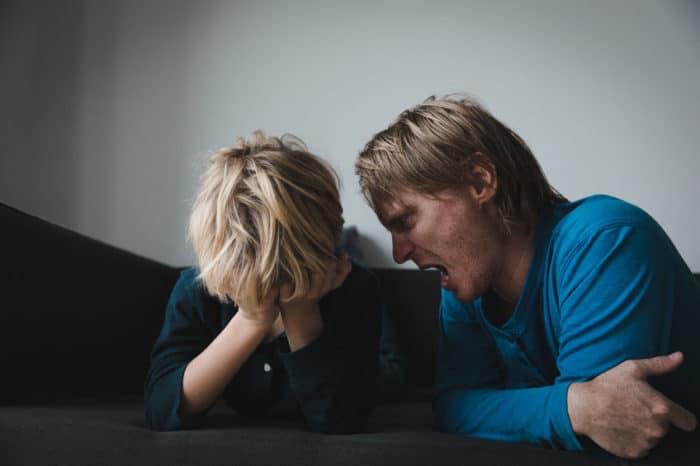
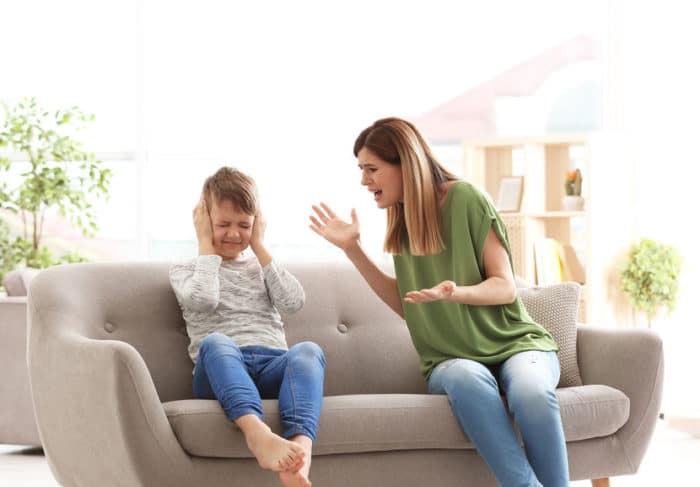 El
cerebro de un niño y de cualquier persona de cualquier edad, solo
aprende en un entorno de seguridad, amor y protección. Cuando una
persona grita se activa el miedo y bloquea la zona de la amígdala que se
encarga de regular las emociones (entre otras cosas). Cuando la
amígdala detecta un peligro (como los gritos) se activa el estrés/miedo y
existen diferentes opciones: huir, luchar o quedarse bloqueado. Ninguna de las tres son adecuadas porque el cortisol corre por las venas cuando se grita.
El
cerebro de un niño y de cualquier persona de cualquier edad, solo
aprende en un entorno de seguridad, amor y protección. Cuando una
persona grita se activa el miedo y bloquea la zona de la amígdala que se
encarga de regular las emociones (entre otras cosas). Cuando la
amígdala detecta un peligro (como los gritos) se activa el estrés/miedo y
existen diferentes opciones: huir, luchar o quedarse bloqueado. Ninguna de las tres son adecuadas porque el cortisol corre por las venas cuando se grita.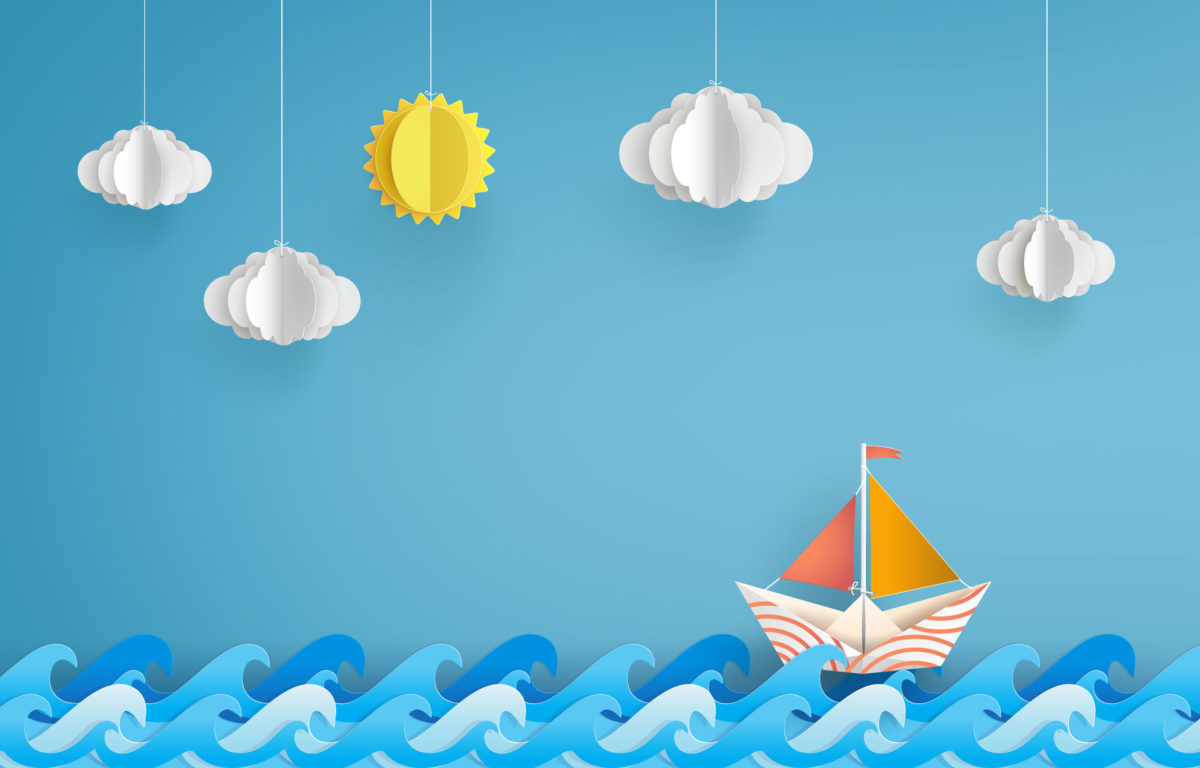

 Montessori teachers use the term three-period lesson so often it becomes
second nature. We forget that there are others who may not understand
what a three-period lesson is. This was ever so clear the other day in a
staff meeting where we were discussing basic Montessori classroom
techniques. I glanced over at a new assistant who has not yet gone
through training and I could see that she was clearly lost. So now,
before we get any further into the school year, is a perfect time to
review the concept of a three-period lesson.
Montessori teachers use the term three-period lesson so often it becomes
second nature. We forget that there are others who may not understand
what a three-period lesson is. This was ever so clear the other day in a
staff meeting where we were discussing basic Montessori classroom
techniques. I glanced over at a new assistant who has not yet gone
through training and I could see that she was clearly lost. So now,
before we get any further into the school year, is a perfect time to
review the concept of a three-period lesson.